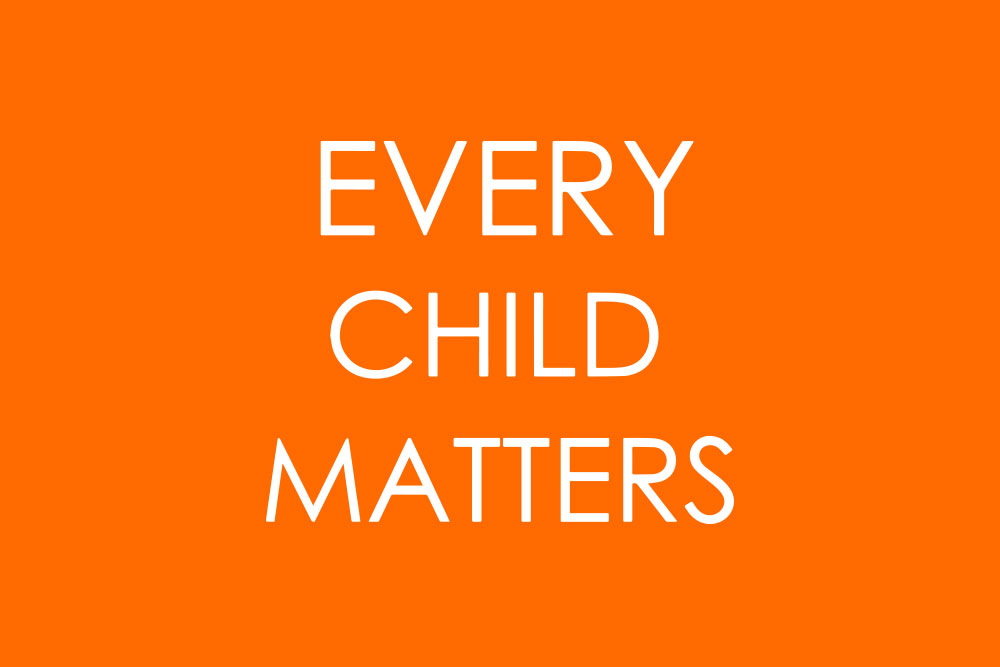
The Children Act 2004 was introduced to supplement existing child protection laws. It didn’t replace the 1989 act of the same name but added to it, addressing gaps in the national child protection strategy and response.
While the reforms were primarily aimed at child protection on an organisational level, individuals who work with under-18s also need an understanding of the legislation and its aims. This guide summarises the 2004 act and what it means for those who safeguard children as part of their work.
How the Children Act 2004 Works with Other Legislation
Child protection law in the UK is still based on the Children Act 1989, which creates legal protections for child welfare and development.
The Children Act 2004 works with its 1989 predecessor to create the framework for child protection in England and Wales. The 2004 legislation was introduced to reinforce (not replace) the 1989 Act, which was lacking in critical areas.
The fundamental principles of the 1989 Act are:
- Parents have duties to their children as well as rights over their upbringing (i.e. the concept of parental responsibility)
- Courts must prioritise a child’s welfare when considering their upbringing
- Family members are the best caregivers unless intervention is needed

The Children Act 1989 also places safeguarding duties on local authorities. They must decide whether action is needed when there are legitimate concerns for a child’s welfare or when a child is under police protection.
There is no legal requirement for individuals to report child abuse concerns, however. This omission has been repeated in later child protection legislation – including the 2004 act. Instead, statutory guidance creates an expectation that those working with children will raise safeguarding concerns to the relevant authority. This expectation is augmented by the safeguarding codes of conduct many organisations voluntarily impose on their employees.
Critics of the existing legislation claim that a duty to report child welfare concerns will do more to prevent abuse, which makes sense. However, lawmakers worry that mandatory reporting will lead to an explosion in child abuse concerns, many of which will be false alarms. It’s theorised that investigating erroneous reports will take resources away from tackling genuine abuse cases.
Why the Children Act 2004 was Needed
Shortcomings of the 1989 act were tragically revealed by the death of eight-year-old Victoria Climbié in 2000. Victoria relocated to the UK in November 1998, moving in with her aunt, Marie Thérèse Kouao, and Marie’s live-in partner. Both the aunt and her partner abused Victoria for months before the young girl succumbed to her injuries in February 2000.
While the death of any child is heartbreaking, Victoria’s was particularly painful. Over the almost two-year period of abuse, Victoria was seen by NHS workers, social service staff and even police officers. And each time, her desperate situation was overlooked or misunderstood.
An inquiry into Victoria’s death, chaired by Lord Laming, was launched shortly after the tragedy. The inquiry resolved what went wrong and why. The report found fundamental failings in systems designed to detect and respond to child abuse. Lord Laming’s recommendations would lay the foundations of the Children Act 2004 (the Act).
Children Act 2004 Summary
Lord Laming concluded that the Children Act 1989 was fundamentally sound. However, his report also revealed a lack of inter-agency coordination and local and national leadership on child protection. The Children Act 2004 addressed these problems in part by:
- Creating the role of the Children’s Commissioner to oversee child welfare across the UK
- Establishing clear child protection guidelines for local authorities (LAs)
- Ordering LAs to appoint a children’s services director accountable for child protection
- Requiring cooperation between LAs and other agencies when it’s necessary to promote child welfare
These reforms reflect the key objectives of the 2004 act: promote integrated services and create accountability at the organisational level and higher. These updates won’t mean much to your practice if you work closely with children and young people daily. However, how your organisation fulfils its child protection duties will be affected.
Organisational Responsibilities
Laws enacted by the Children Act 2004 created additional duties for all agencies with child safeguarding responsibilities, including the NHS, police and local authorities. (Schools have their own child protection legislation.)
Under the Act, agencies must:
- Listen to children and consider their feelings when making welfare decisions
- Implement whistleblowing procedures
- Explain how staff can escalate safeguarding concerns if they feel not enough has been done
You must understand how your organisation has fulfilled these duties. You have an individual responsibility to protect children and promote their welfare. You must know whistleblowing and escalation procedures if your concerns aren’t being addressed.
Child Safeguarding Reviews
To avoid a repeat of the Victoria Climbié case, the Act also made child death reviews mandatory. Local authorities (and relevant partners) must investigate the death of any child who lived within the LA’s jurisdiction. Any findings pertinent to the welfare of other local children must be considered and acted upon by the LA.
Principles of the Children Act 2004
Lord Laming’s report also highlighted the relationship between poor child welfare and the need for protection services. Every Child Matters, a Green Paper published in 2003, built on Lord Laming’s work and outlined how the government can do more to promote overall well-being in children.

The paper established five key principles fundamental to child welfare, which were incorporated into the Act. These principles protect a child’s right to be:
- Healthy – physically and mentally
- Happy and able to positively contribute to communities and broader society
- Safe and protected from harm and neglect
- Successful in developing the skills needed for adulthood
- Able to benefit from economic prosperity
This list sometimes includes a sixth principle: children are better off because of the Act. This final principle isn’t listed in Every Child Matters. It’s specific to the Act and outlines the ultimate aim for the other principles of the Children Act 2004.
Safeguarding Training
As Victoria Climbié and many others have shown, if you work with children, you must get safeguarding right. However, with such dense legislation and statutory guidance, it can be hard to know what’s expected of you or what actions you should take.
Safeguarding training explains how to comply with safeguarding laws and prevent abuse. You can choose from different levels of training specific to either adult or child safeguarding, letting you find the right course for your role. You’ll understand your duties, plus know how to identify abuse and take steps to stop it.
About the author(s)






















































































































































































































































































































































































































































































































































